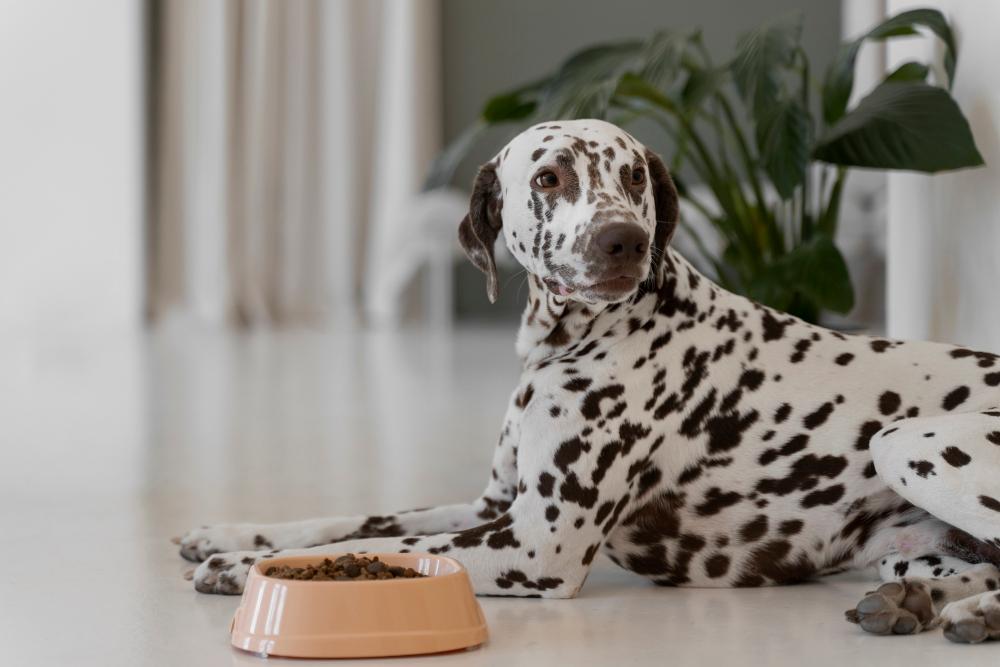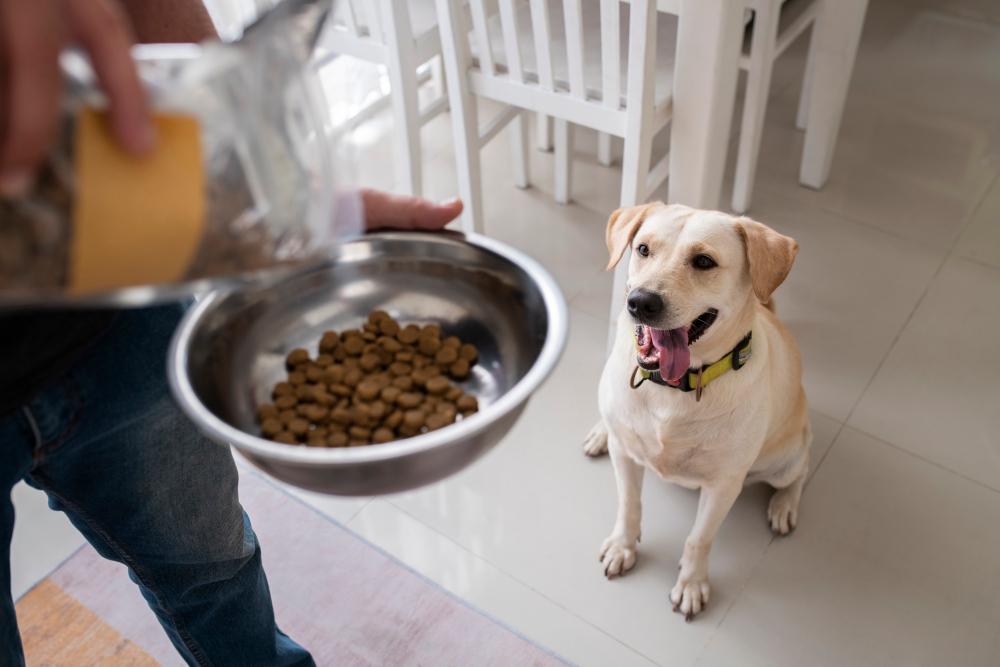Not only humans, but dogs can also lose their appetite, you know. When the dog is not eating their food, it will surely make you anxious and wonder what’s happening to your beloved fur friend.
Especially when the dog looks lethargic and less active than usual. If this happens, you need to find out the reasons behind the dogs refuse to eat first.
If left untreated, continuous loss of appetite can lead to anorexia. Certainly, this will affect the dog’s behavior and psychology. In the worst-case scenario, anorexia can lead to death.
Possibel Causes Why Your Dog is Not Eating
As a dog owner, you should regularly check their movements and eating patterns. If they refuse to eat, here are some possible causes why your dog is not eating.
1. Dental Issues
Older dogs are more prone to dental problems. This discomfort makes them reluctant to chew food, leading to a decrease in appetite.
The first step you can take is to provide soft food for easier digestion. However, make sure to have the dog’s teeth checked by a veterinarian to identify any oral issues. Also, ensure regular tooth brushing for your dog.
2. Changes in Eating Patterns
Aging dogs experience changes in eating patterns due to their decreased ability to process food compared to when they were younger. This condition requires special attention from a veterinarian to ensure proper nutrition for the elderly dog.
3. Illness
A decreased appetite is an indication of various illnesses, including cancer, kidney failure, fleas, and various systemic infections.
Especially if the dog shows other symptoms simultaneously, such as lethargy, watery eyes, constant sleeping, vomiting, and more. If this condition persists, consult a veterinarian for examination.
4. Vaccination
If your pet dog has recently been vaccinated, this condition can sometimes have side effects, both mild and severe. In some cases, these effects can temporarily affect the dog’s appetite.
5. New Environment
If a dogs refuse to eat when you take it for a walk or move to a new location, the dog might be adapting to the new type of food and environment. Sometimes, animals can experience motion sickness or feel anxious and uncomfortable in a new place.
The dog is not Eating? Here’s What To Do To Get Their Appetite

Similar to humans, pets, including your beloved dog, can lose their appetite. When this happens, your dog may be losing interest and appetite for various reasons, such as being overly spoiled, being sick, or even experiencing stress.
As an owner, you must be concerned. A dog that refuses to eat is not only hungry but also becomes lethargic and more susceptible to diseases.
It becomes less active than usual. If this is the case, you can try the following methods to encourage your dog to eat again:
1. Establish a More Regular Feeding Schedule
Restoring a decreased appetite in dogs is not an easy task. It might be happening because you are not consistent in providing meals. Don’t place the food bowl in front of the dog when it’s not in the mood to eat, as this will only make it even lazier to eat.
Try to create a more regular feeding schedule for your dog, similar to your own meal times—morning, afternoon, evening, or dinner. Remember to adjust the dog’s feeding schedule according to its age.
For puppies up to 3 months old, feed them up to four times a day with intervals of 4–5 hours. Then, for dogs older than 3 months, feed them three times a day with intervals of 6–7 hours. For dogs over 6 months, feed them twice a day with a 12-hour interval.
2. Avoid Excessive Treats
Giving too many treats to a dog, especially those with many flavors, is not recommended. This makes the dog prefer treats and reject its main meal.
Main meals contain more essential nutrients for the body compared to treats. Instead, offer treats once or twice a day between meals and in appropriate portions, not excessively.
3. Try Providing Stimulation
Stimulation can be one way to restore the appetite of your pet dog. You can do this by presenting the aroma and nibbling of food in front of your beloved dog. This way, the dog’s hunger will be naturally stimulated.
Do this periodically before its mealtime. Avoid giving chicken skin or bones as snacks. Instead, offer low-fat white meat to restore its appetite.
4. Eat Together with Other Dogs
If you have more than one dog at home, having them eat together can be another way to restore their appetite. This encourages them to eat more naturally and eagerly. Make sure you do this at the right time for their meal.
***
If the above methods still do not restore your dog’s appetite, you can consider giving them vitamins and consult with a veterinarian for other possible solutions.
Q&A with a veterinarian is now easily done through Gen’s Pet Shop on WhatsApp at +62 8138 590 0063. So, you no longer need to worry about the health of your beloved pet.


Comments are closed.